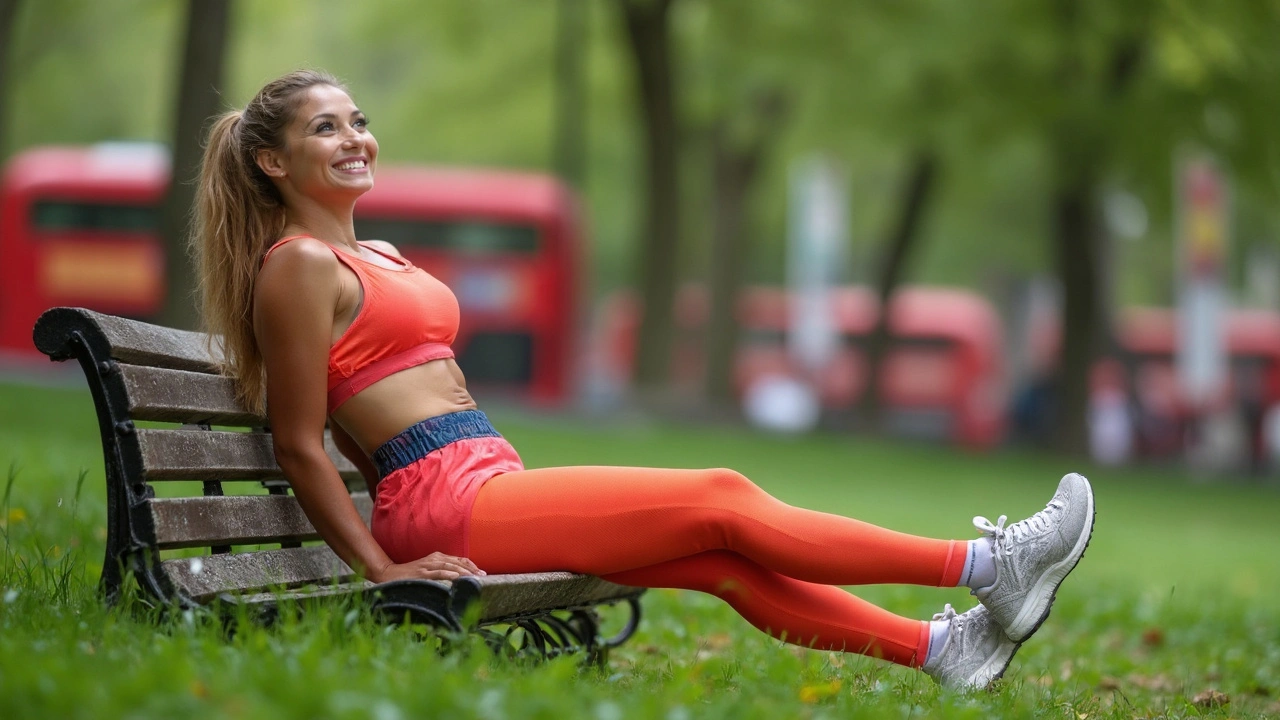Muscle Soreness: What It Is and How to Feel Better
Muscle soreness is that annoying ache you feel after working out or doing something new with your body. It happens because tiny injuries form in your muscle fibers, which is part of how your muscles get stronger over time. But that soreness can slow you down and make everyday tasks uncomfortable. Luckily, there are several easy ways to reduce the pain and speed up recovery.
Why Does Muscle Soreness Happen?
When you push your muscles harder than usual, like trying a new move or working out after a break, small tears occur in your muscle fibers. This triggers inflammation as your body works to repair the damage. This process causes the stiff, aching feeling known as delayed onset muscle soreness (DOMS), which usually starts a day or two after exercise. It’s your body’s way of saying, "Hey, I’m working on repairing and growing stronger!" But if it sticks around too long or gets intense, that’s when you want to step in with some remedies.
How to Ease Muscle Soreness Quickly
One natural and effective method is sports massage. It helps improve blood flow, reduce tightness, and speed up muscle recovery without relying on medications. Athletes often swear by it after tough workouts or minor injuries. If you can’t get a massage, simple self-massage using foam rollers or gentle stretching can also work wonders.
Another quick trick is keeping active but easy. Light walking, gentle stretching, or yoga can stimulate blood circulation and reduce stiffness. Avoid sitting or lying down too long as it might keep the soreness locked in.
Don’t overlook hydration and proper nutrition. Drinking plenty of water and eating foods rich in anti-inflammatory nutrients like omega-3 fatty acids, antioxidants, fruits, and veggies helps your body repair faster.
Heat packs or warm baths can relax tight muscles and ease discomfort. On the other hand, if the soreness is severe right after exercise, a cold compress can reduce inflammation. Pay attention to what feels better for you.
Also, give your body time. Rest is vital but balance it with gentle movement. Muscle soreness will usually fade within a few days if you take care of it. If pain lasts weeks or feels sharp, it’s a good idea to consult a healthcare professional.
Next time muscle soreness hits, remember it’s part of growing stronger, but you don’t have to just endure it. Simple steps like massage, gentle activity, hydration, and heat or cold treatments can make recovery feel smoother and faster. And soon enough, you’ll be ready for your next move without that nagging ache holding you back.
Sports Massage: Why Every Athlete Needs It
- Desmond Marchbanks
- Jun, 17 2025
This article digs into why sports massage is a game-changer for athletes of every level. Learn how it helps reduce muscle pain, speeds up recovery, and can even boost performance in training and competitions. Get the facts on how massage works with your body—not against it—and see how it fits into a real training routine. If you've never tried it, here's what you need to know before booking your first session. Everything’s explained without jargon, just straight talk and helpful tips.
Learn MoreSports Massage: Maximize Your Performance and Recovery
- Marcus Fairchild
- Jun, 2 2025
Discover how sports massage helps you bounce back faster, perform at your best, and recover like a pro. This guide shows you why athletes swear by it, the science behind the benefits, and how to make the most out of each session. Find tips to avoid injury, routines for before and after workouts, and answers to common misconceptions. Whether you’re a pro or just starting, you’ll learn something you can use today. Athletic goals just got easier to reach.
Learn More
